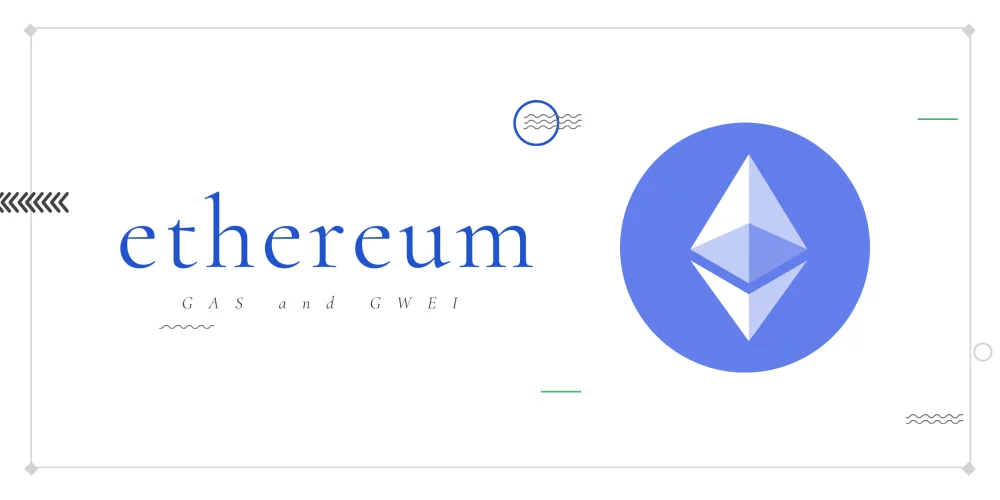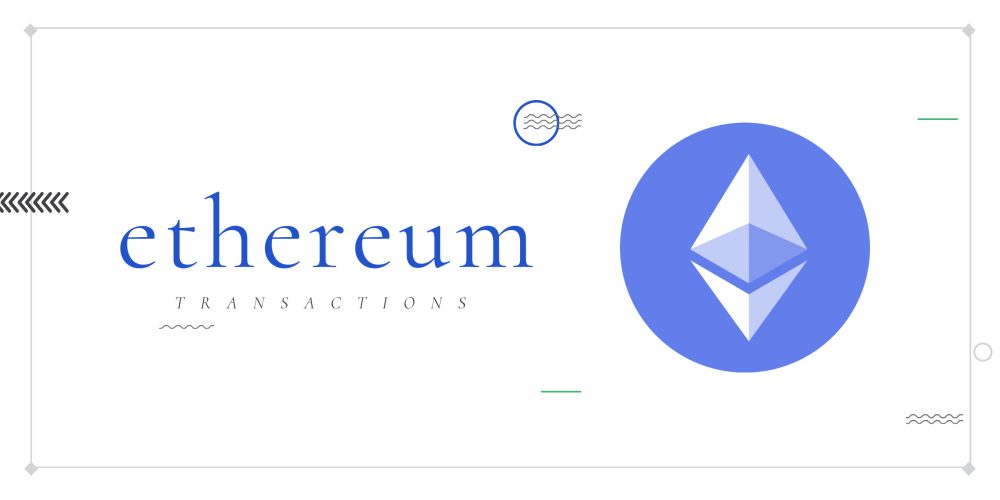
Introduction
The DeFi ecosystem has been revolutionized by platforms like Uniswap, which offer automated liquidity provision and swapping of ERC20 tokens.
Over time, Uniswap has evolved, with the latest version, Uniswap V3, bringing significant changes to how liquidity pools work.
In this blog post, we will delve into the mechanics of pools in Uniswap V2 and V3, highlighting their differences.
Understanding Uniswap V2 Pools
Uniswap V2 allows for the creation of liquidity pools for any pair of ERC20 tokens.
To create a pool or to add liquidity to an existing one, a user must provide an equal value of both tokens.
In return, they receive Liquidity Provider (LP) tokens, which represent their share of the pool.
The pool’s total liquidity determines the exchange rate between the two tokens, which fluctuates based on supply and demand.
Understanding Uniswap V3 Pools
Uniswap V3 brings a novel concept called “Concentrated Liquidity”.
Unlike V2, where liquidity is distributed evenly across all price ranges, V3 allows liquidity providers to allocate their capital to specific price ranges.
This means that they can create a pool within a certain price range, essentially concentrating their liquidity where it’s most useful.
This leads to more efficient capital utilization.
Differences Between Uniswap V2 and V3 Pools
The key differences between Uniswap V2 and V3 pools revolve around capital efficiency, risk exposure, and fee flexibility:
- Capital Efficiency: Uniswap V3 allows for more capital-efficient liquidity provision with its concentrated liquidity feature. This feature enables liquidity providers to earn more fees with the same amount of capital.
- Risk Exposure: In Uniswap V3, liquidity providers might be exposed to more impermanent loss risks if the token price moves outside their specified range. However, this risk can be mitigated by setting a wider price range.
- Fee Flexibility: Uniswap V3 offers three different fee tiers per pool, allowing liquidity providers to be compensated accordingly for taking on varying degrees of risk.
Optimize Your Uniswap Experience with Sniper Bot
Whether you’re navigating Uniswap V2 or V3, Sniper Bot (https://sniperbot.aviddot.com) is here to simplify your DeFi journey. Sniper Bot offers real-time data analysis and automated responses, helping you optimize your transactions and gas fees.
Enhance your interactions with liquidity pools, benefit from strategic price movement notifications, and make informed decisions with Sniper Bot. Explore Sniper Bot today for a seamless Uniswap experience!
Conclusion
The evolution from Uniswap V2 to V3 brings substantial changes to the liquidity pool mechanics, offering increased capital efficiency, fee flexibility, and a new layer of strategy for liquidity providers.
By understanding these changes, you can better leverage the opportunities in the DeFi landscape.
And with tools like Sniper Bot, you can navigate these waters with even more precision and efficiency.


